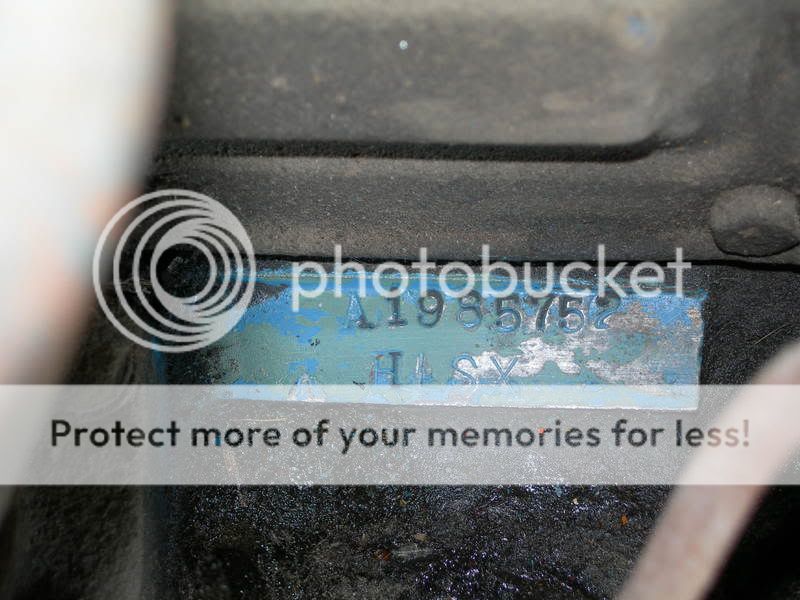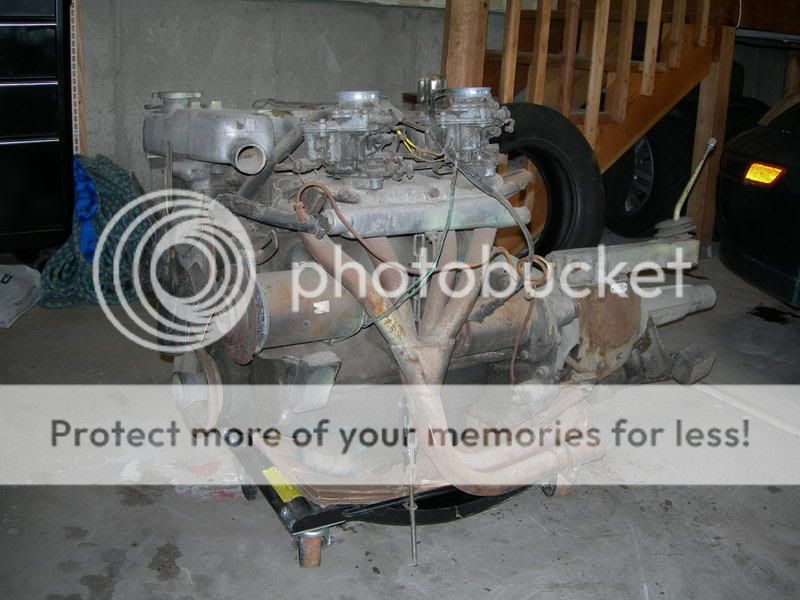SpiceOfLife
Freshman Member
Offline
Greetings. I'm a new member, but a long time car buff. As noted in my bio, I enjoy taking on projects that others have given up on...it all started with the 67 MGB GT I had towed home when I was 17. EVERYTHING was stripped off the engine and tossed inside the passenger compartment. Turns out everything WAS really there and it all eventually worked. I drove that car for a number of years, off and on, and finally sold it to a family friend who swapped the engine out and into a GT he had restored the body on.
My most recent British car project was a 94 Jag XJ6 that was dead/stranded on the owner's inlaws' driveway. Between building a new house, a sick family member, and a blown motor in a Lotus that all needed attention, he was willing to let it go to a good home for a reasonable cost...turned out to be anther fun project.
In my holiday travels I've run across an interesting item that I'm trying to assess and determine whether or not it's worth saving from the metal recycler it has a date with in less than a week. A gentleman I'm acquainted with is cleaning out some shops and has a Sunbeam engine and transmission that he knows virtually nothing about. I've spent quite a bit of time over the last couple of days researching it and here's what I think I've found out. I'd appreciate any corrections or additional details anyone here can supply.
Given the terms in the FAQ I hesitate to post the links to the websites I've gleaned my info from, but I'd be happy to PM them or post them if I get the go-ahead from the site moderators. (I took a stab at asking for help on this motor yesterday but evidently went about it the wrong was as the post and my account were deleted....or maybe it was just one of those quirky server hiccups.)
Anyway, here are a few photos of the engine:
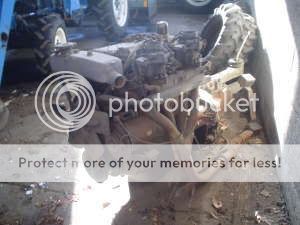
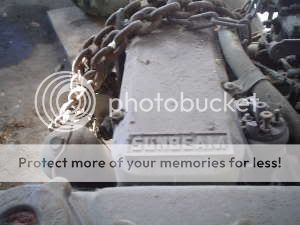
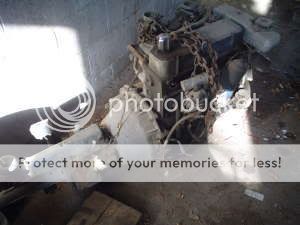
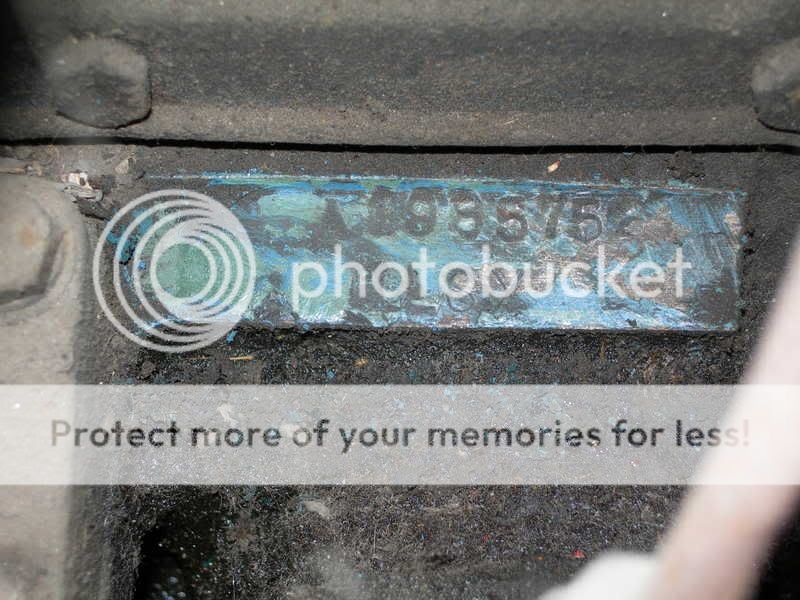
Feel free to view more photos of the Sunbeam motor (and photos of many of my other past and present projects) at https://s47.photobucket.com/albums/f174/DavesData2/Sunbeam/
From the research I did, this probably isn't a Sunbeam Alpine block because this one isn't aluminum...a magnet most definitely sticks to it. Much of the transmission housing IS aluminum. It was twin Zenith carbs.
The engine serial number looks to be A198575_. From the research I did, the A1 series motors were all built prior to 1960, after which the designation changed to B1.
One source I found indicates that the Minx, Series III started with chassis number A1 900 001 in Sept 1958. If it follows the trend of the Alpine, the engine number should match the chassis number to some degree.
Another source indicates that the Hillman Minx Series 111 De-Luxe Special cars ran from chassis # A1900001 to A1965001, which ends a bit before the motor I'm looking at. I haven't found any other leads to follow.
The motor has clearly been well preserved. It takes about the expected effort to turn the motor over, and the output shaft on the transmission turns respectively.
I read that sometimes a cast iron block was used to replace the aluminum Alpine block by some mechanics. I doubt that is the case here, but I'd appreciate hearing opinions from those more familiar with the specifics.
As it stands, my preliminary working assumption is that this equipment is out of a 1987 Hillman Minx Series III, but it looks so similar to some of those early Alpines that I have to wonder if it's in any way related.
Do the Minx really have "Sunbeam" stamped on their engines? Is this thing worth hauling home and reviving? Are they rare or common? Would the starter, alternator, distributor, etc be worth passing on to someone with a project car? I just hate to see it all go to the scrap heap if there's any value in it.
Cheers!
Dave
My most recent British car project was a 94 Jag XJ6 that was dead/stranded on the owner's inlaws' driveway. Between building a new house, a sick family member, and a blown motor in a Lotus that all needed attention, he was willing to let it go to a good home for a reasonable cost...turned out to be anther fun project.
In my holiday travels I've run across an interesting item that I'm trying to assess and determine whether or not it's worth saving from the metal recycler it has a date with in less than a week. A gentleman I'm acquainted with is cleaning out some shops and has a Sunbeam engine and transmission that he knows virtually nothing about. I've spent quite a bit of time over the last couple of days researching it and here's what I think I've found out. I'd appreciate any corrections or additional details anyone here can supply.
Given the terms in the FAQ I hesitate to post the links to the websites I've gleaned my info from, but I'd be happy to PM them or post them if I get the go-ahead from the site moderators. (I took a stab at asking for help on this motor yesterday but evidently went about it the wrong was as the post and my account were deleted....or maybe it was just one of those quirky server hiccups.)
Anyway, here are a few photos of the engine:




Feel free to view more photos of the Sunbeam motor (and photos of many of my other past and present projects) at https://s47.photobucket.com/albums/f174/DavesData2/Sunbeam/
From the research I did, this probably isn't a Sunbeam Alpine block because this one isn't aluminum...a magnet most definitely sticks to it. Much of the transmission housing IS aluminum. It was twin Zenith carbs.
The engine serial number looks to be A198575_. From the research I did, the A1 series motors were all built prior to 1960, after which the designation changed to B1.
One source I found indicates that the Minx, Series III started with chassis number A1 900 001 in Sept 1958. If it follows the trend of the Alpine, the engine number should match the chassis number to some degree.
Another source indicates that the Hillman Minx Series 111 De-Luxe Special cars ran from chassis # A1900001 to A1965001, which ends a bit before the motor I'm looking at. I haven't found any other leads to follow.
The motor has clearly been well preserved. It takes about the expected effort to turn the motor over, and the output shaft on the transmission turns respectively.
I read that sometimes a cast iron block was used to replace the aluminum Alpine block by some mechanics. I doubt that is the case here, but I'd appreciate hearing opinions from those more familiar with the specifics.
As it stands, my preliminary working assumption is that this equipment is out of a 1987 Hillman Minx Series III, but it looks so similar to some of those early Alpines that I have to wonder if it's in any way related.
Do the Minx really have "Sunbeam" stamped on their engines? Is this thing worth hauling home and reviving? Are they rare or common? Would the starter, alternator, distributor, etc be worth passing on to someone with a project car? I just hate to see it all go to the scrap heap if there's any value in it.
Cheers!
Dave

 Hi Guest!
Hi Guest!

 smilie in place of the real @
smilie in place of the real @
 Pretty Please - add it to our Events forum(s) and add to the calendar! >>
Pretty Please - add it to our Events forum(s) and add to the calendar! >> 




